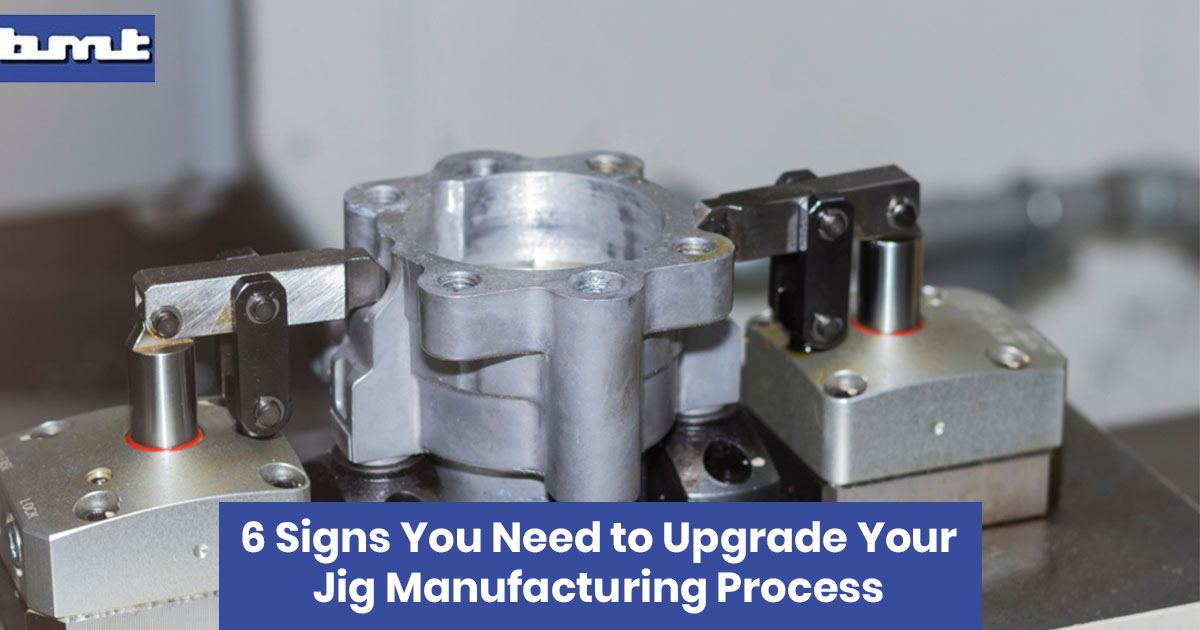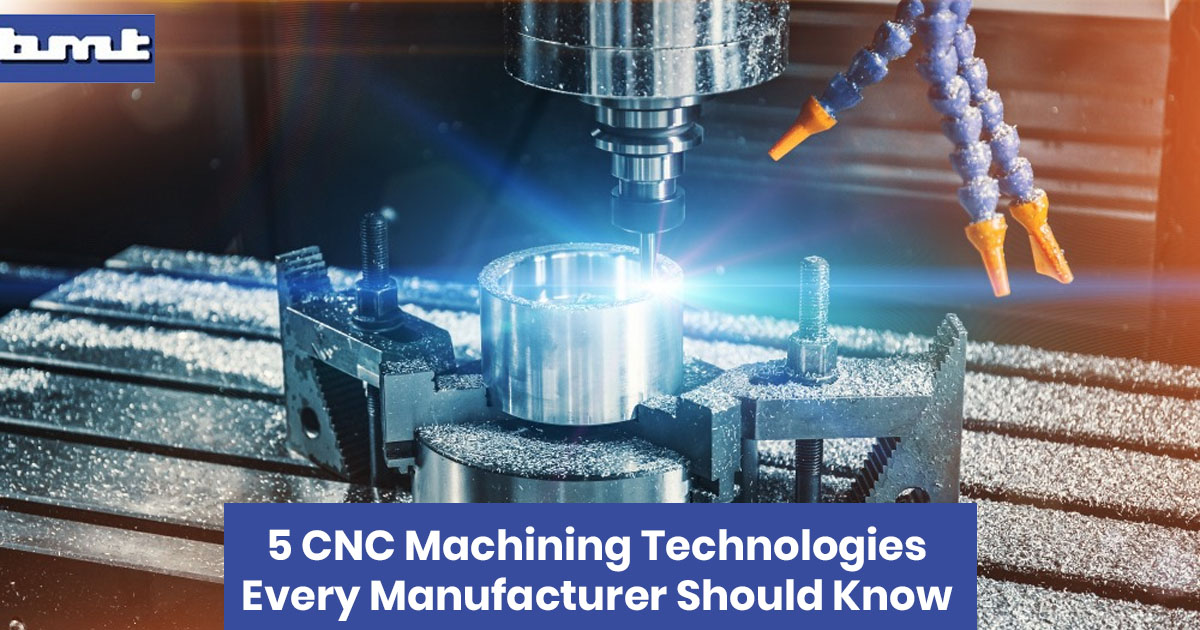
From concept to creation, we bring your ideas to life with cutting-edge manufacturing expertise.
By Banerjee Machine & Tools Co. |
Published on | 5 min read

Improve quality, speed & consistency. Banerjee Machine & Tools Co. breaks down 6 signs you should upgrade your jig manufacturing process.
In today’s fast-paced production environment, jigs play a silent but powerful role in maintaining accuracy, speed, and consistency across manufacturing lines. Yet, over time, even the most reliable jigs begin to show signs of wear or simply fail to keep up with newer machines and processes.
As a reputed jig manufacturing company in Kolkata, Banerjee Machines & Tools Co. helps industries identify hidden inefficiencies and solve them through smart jig design, modernisation, and precision tooling upgrades. If you're a production head, tool room manager, or engineer wondering whether your current jigs are still up to the mark, this blog is for you.
Here are six clear signs that your jig manufacturing setup might need an upgrade and how acting on them can improve your bottom line.
One of the most obvious signs of jig fatigue is when your parts don’t fit or align the way they used to. Frequent repositioning during operations or misalignment during machining often points to worn-out or outdated jig design.
Modern jig systems are built with tighter tolerances and better material support, ensuring exact positioning for high-precision work. If your operators are constantly “adjusting”, it’s probably time for a redesign.
Every time a part comes out wrong, it costs you in raw materials, manpower, and machine time. If you're seeing a rise in rejections or rework, chances are your jigs aren’t holding parts properly or aren’t keeping up with design tolerances.
An investment in precision tooling upgrades can reduce variability, enhance repeatability, and significantly cut down on production waste.
It’s common for manufacturers to invest in new CNC machines and robotics but continue using the same old jigs. This mismatch causes inefficiencies and slows production cycles.
With newer systems demanding tighter integration, many companies are now turning to CNC jig automation. This enables smart setup, faster cycle times, and real-time feedback. If your jig can't “talk” to your machine, you’re not using your full capacity.
In industries where product versions change quickly, jigs need to be adaptable. If every small design change forces you to build an entirely new jig, you're losing time and resources.
Advanced fixture modernisation techniques allow you to integrate modular components and reconfigurable elements. This means fewer new builds and more flexibility to adapt as your product line evolves.
Your team should be able to move quickly from one batch to another. If setting up your jigs takes more time than the machining itself, it's likely a sign that the process has become inefficient.
Upgraded jigs reduce manual intervention, allowing quicker clamping, zeroing, and fixture changes. This leads to smoother operations and better utilisation of your skilled workforce.
If you’re seeing inconsistent finishes, dimensional errors, or chatter marks, don’t just blame the machine. Your jig’s rigidity, material, and design all contribute to part quality.
Upgrading to advanced materials and tighter design tolerances helps improve surface finish quality and ensures every part meets your client’s expectations.
At Banerjee Machines & Tools Co., based in Baranagar, West Bengal, we’ve spent over 30 years helping industries fine-tune their manufacturing through high-precision jigs and fixtures.
Whether you're looking for custom jig manufacturing, modernisation of old fixtures, or smarter setups for CNC integration, we bring a mix of hands-on experience and modern engineering tools to the table.
We believe that better jigs lead to better parts. And better parts lead to happier clients.
Old jigs might still “work”, but in competitive industries, “just working” isn’t enough. If you’re facing any of the above challenges, it's time to rethink your jig strategy. Upgrading your jigs isn't just about the tool; it's about boosting your entire manufacturing efficiency.
Looking for expert guidance on where to start? Talk to the team at Banerjee Machines & Tools Co. — we’ll help you figure out what’s slowing you down and build a solution that lasts.

2025-12-19
By Banerjee Machine & Tools Co.
This blog outlines five essential quality checks buyers should follow when evaluating a Valve Manufacturing Company in India for reliable, long-lasting valves.
Read More
2025-12-18
By Banerjee Machine & Tools Co.
Learn what matters most before selecting a Valve Manufacturing Company in India and how an experienced Gate Valve Manufacturer in India like BMT ensures quality.
Read More
2025-12-09
By Banerjee Machine & Tools Co.
Discover 5 essential CNC machining technologies every manufacturer should know. Learn how BMT Co.’s CNC Machining Services in India enhance manufacturing precision, improve efficiency, and help businesses stay competitive with advanced, reliable, and high-quality machining solutions.
Read More